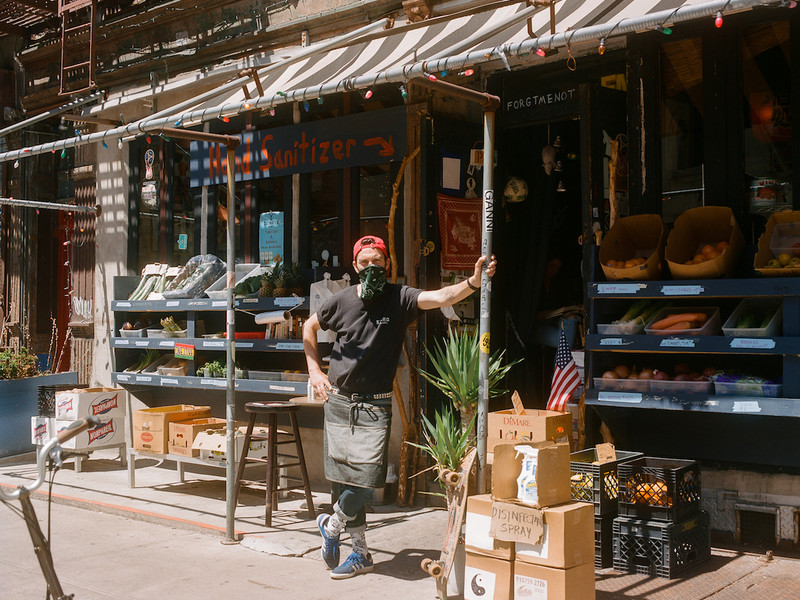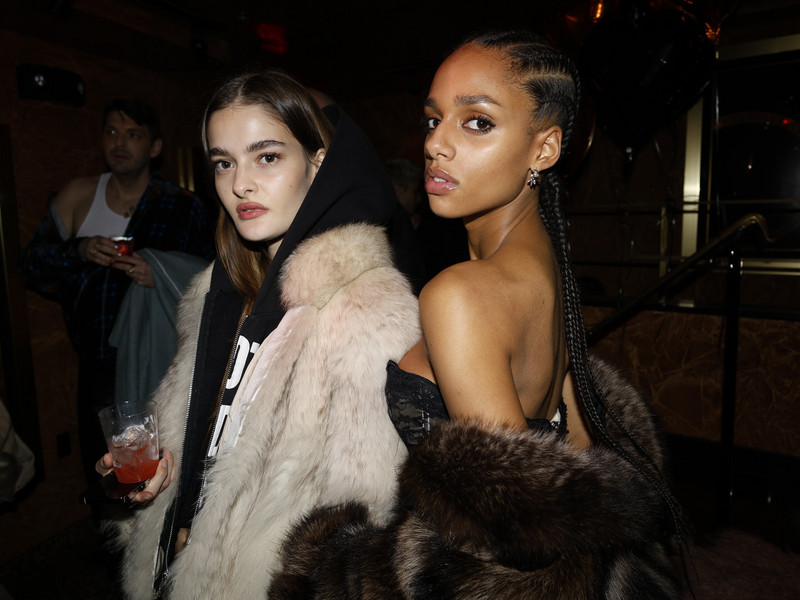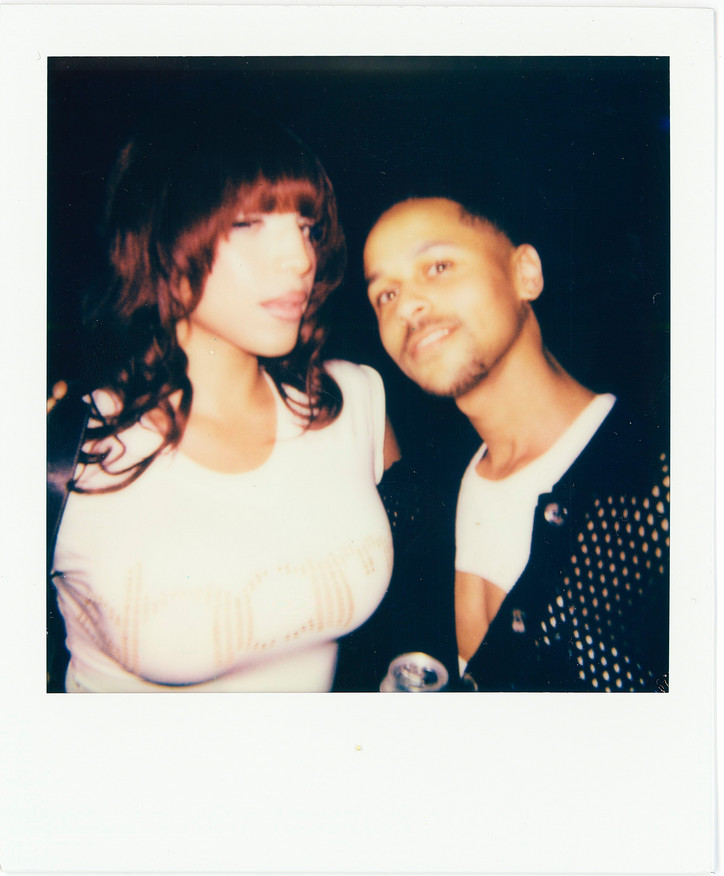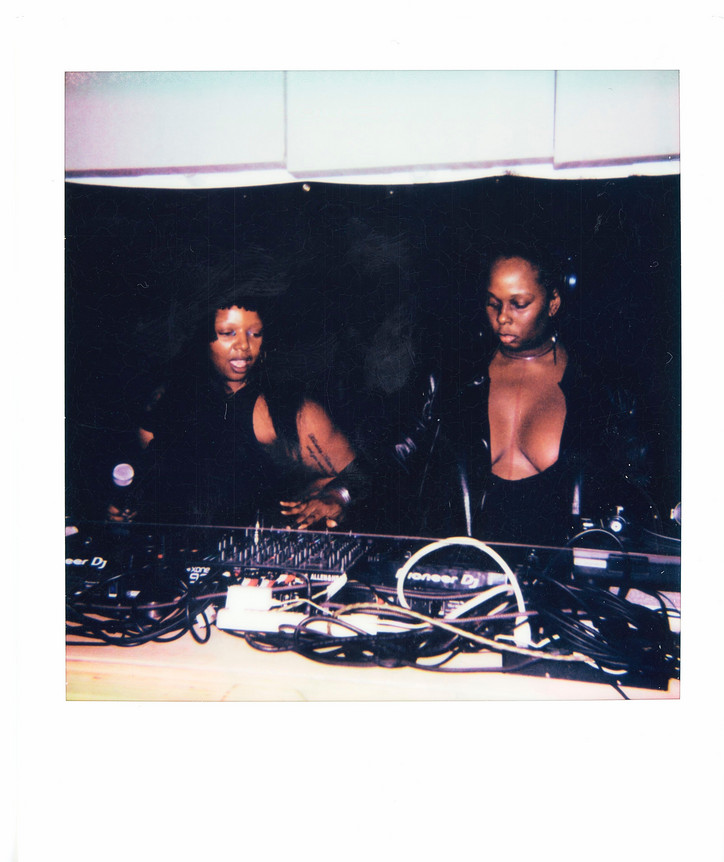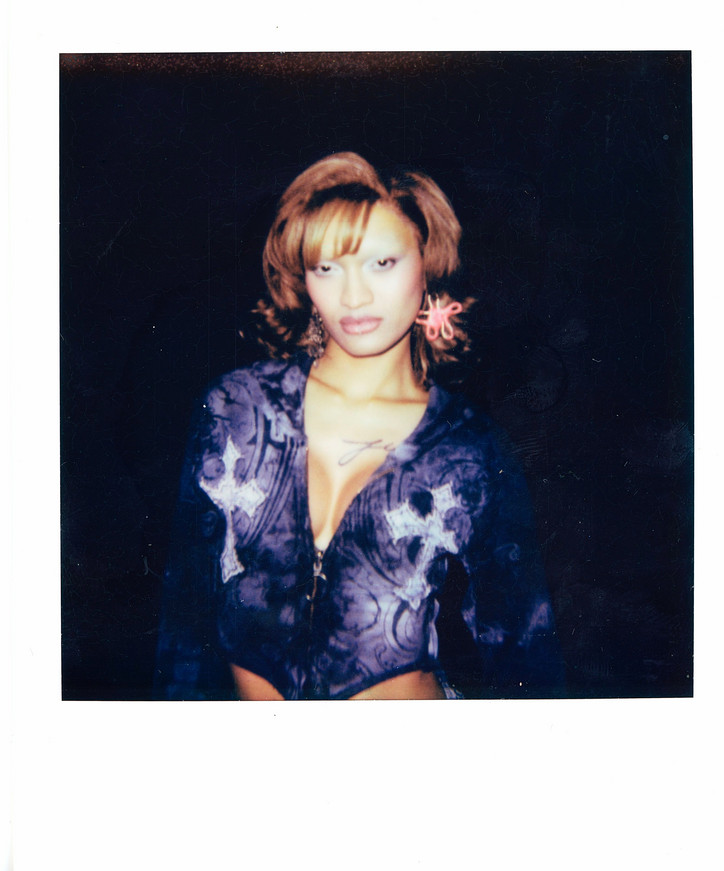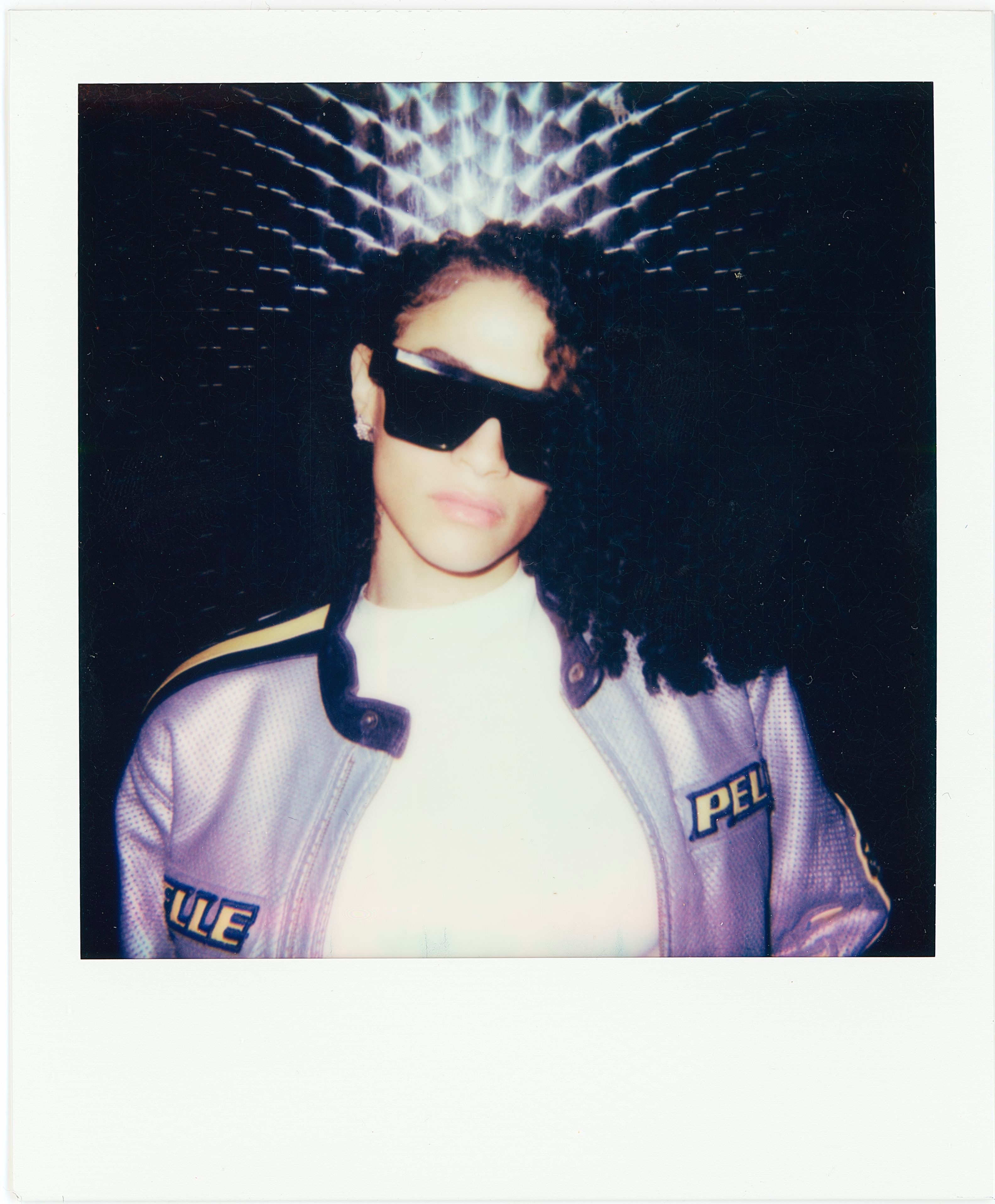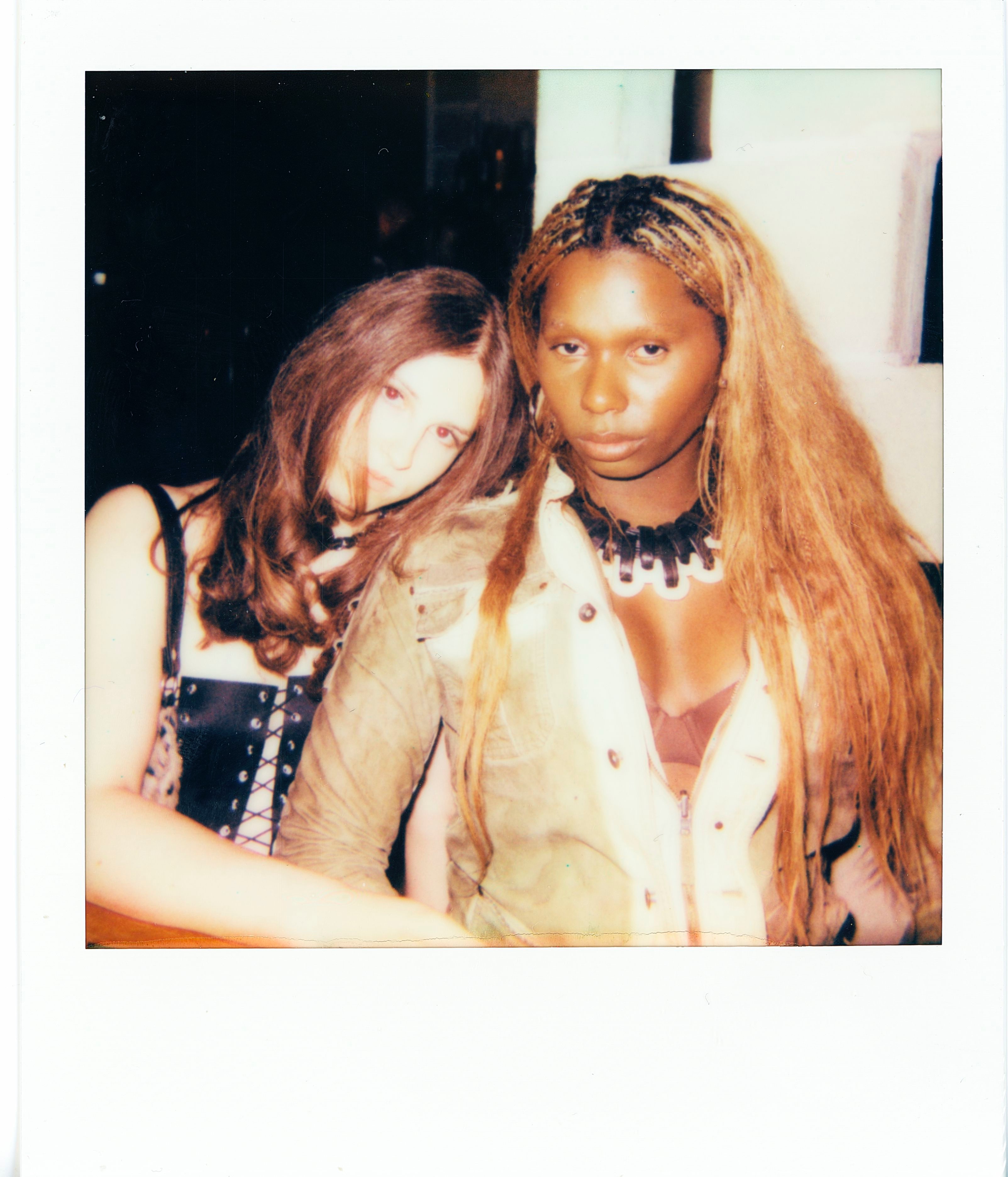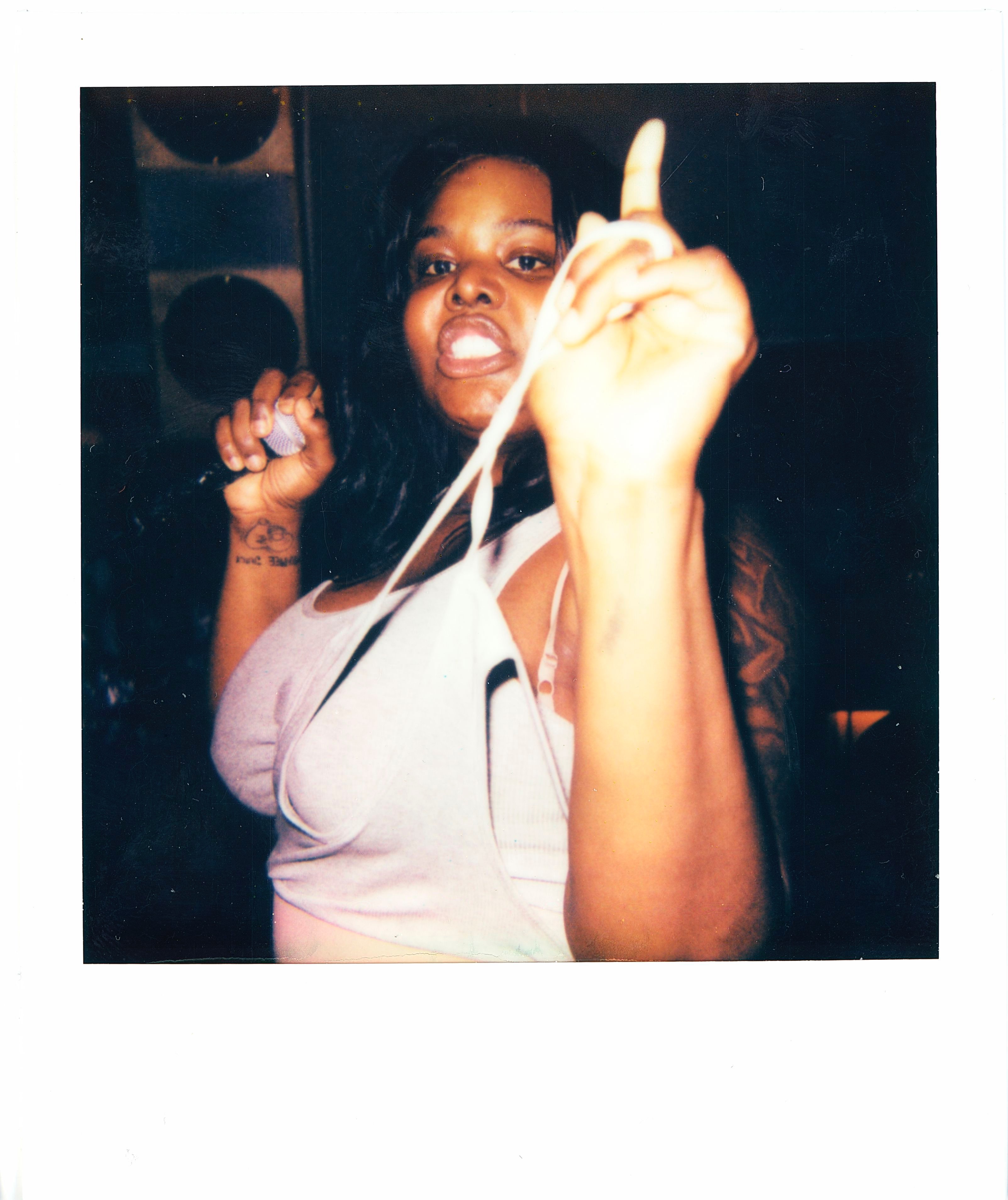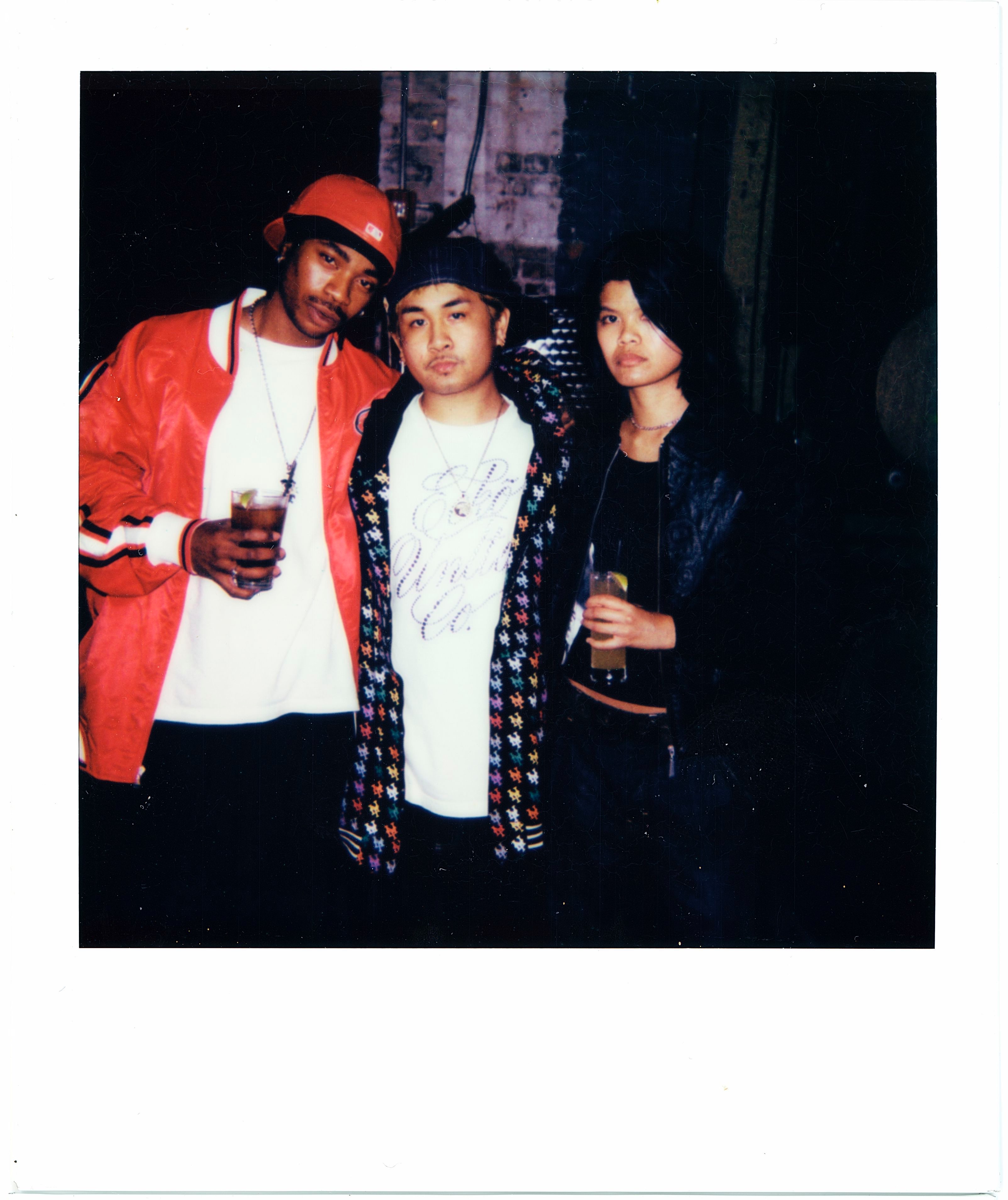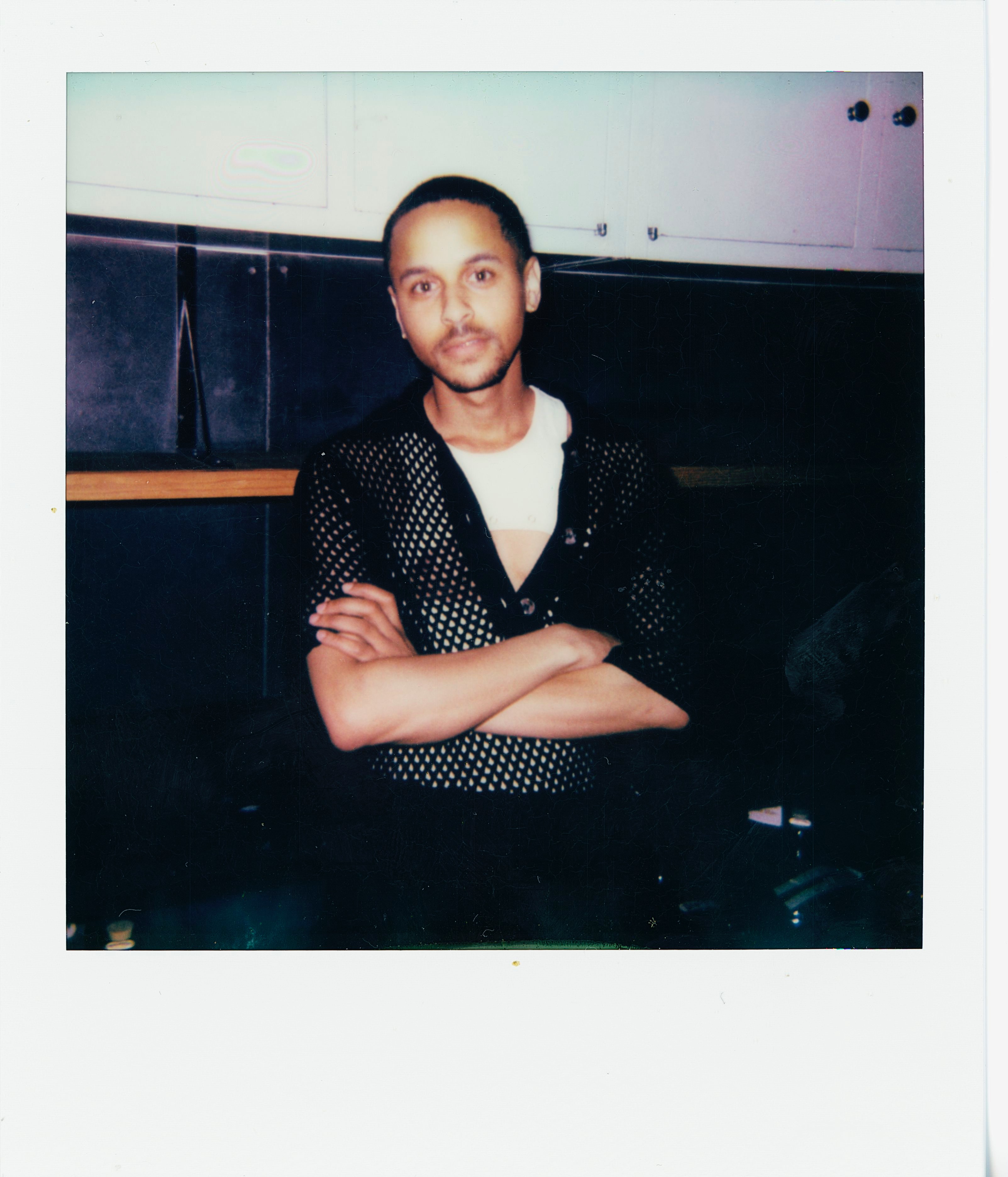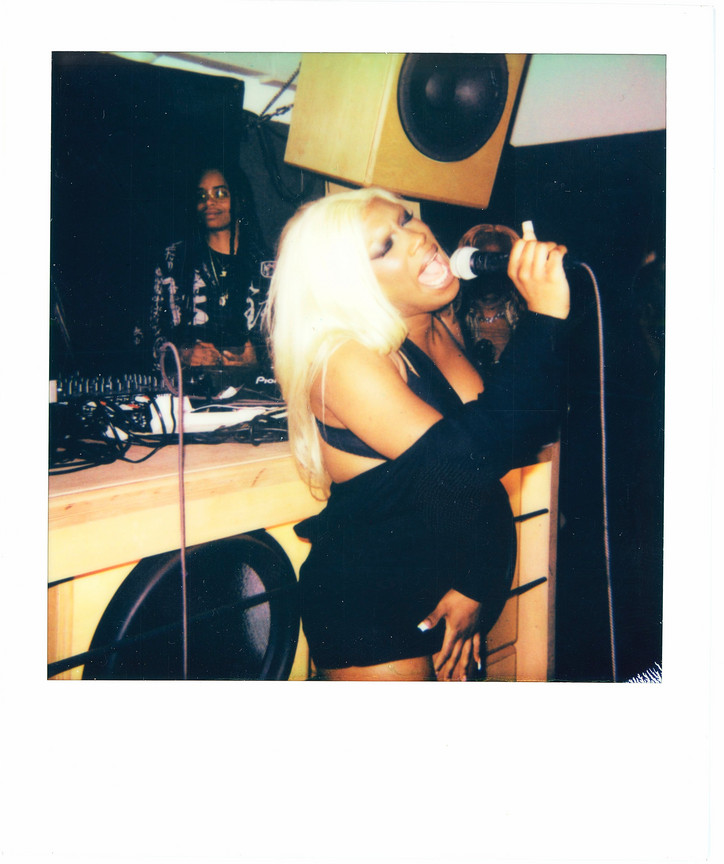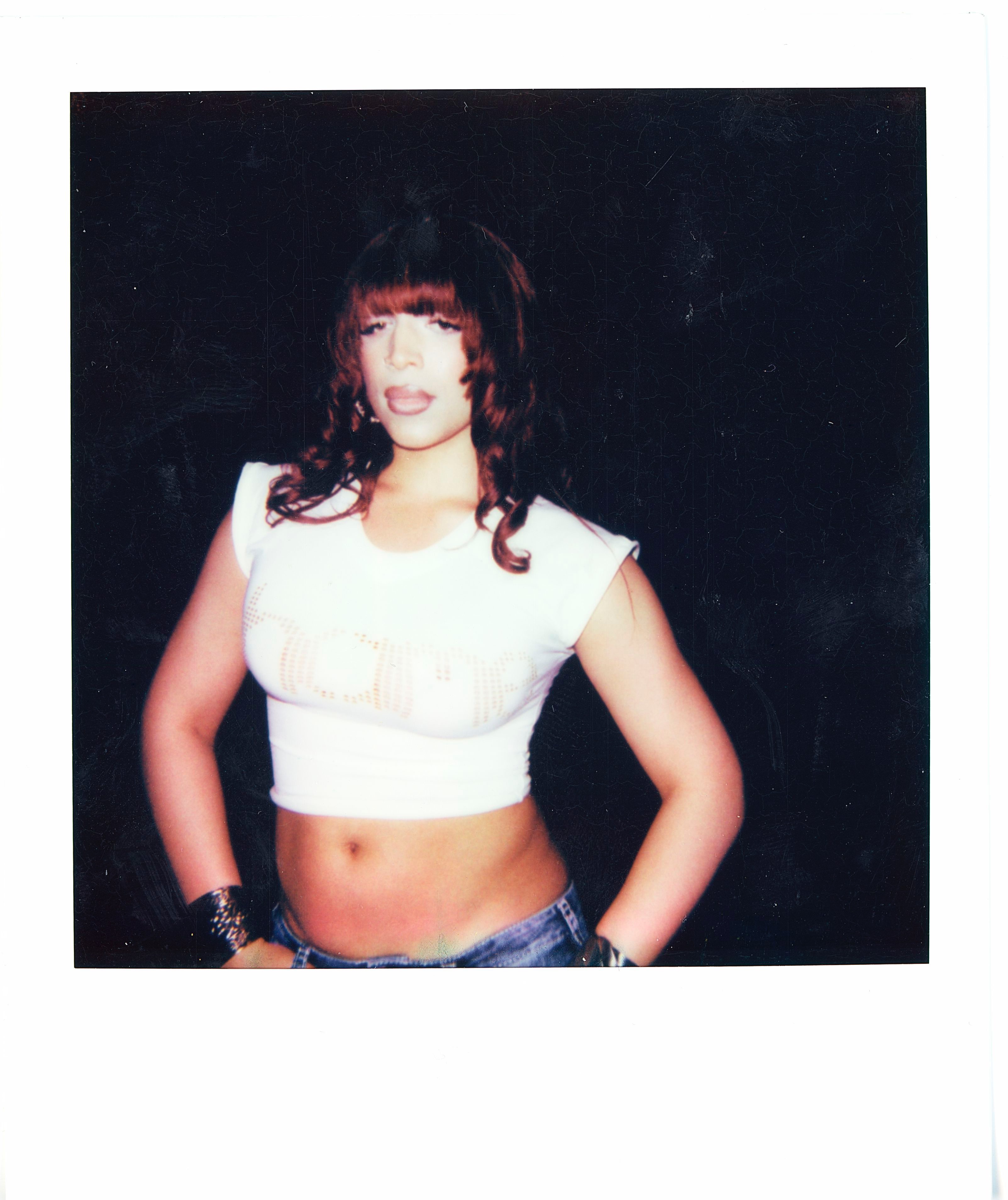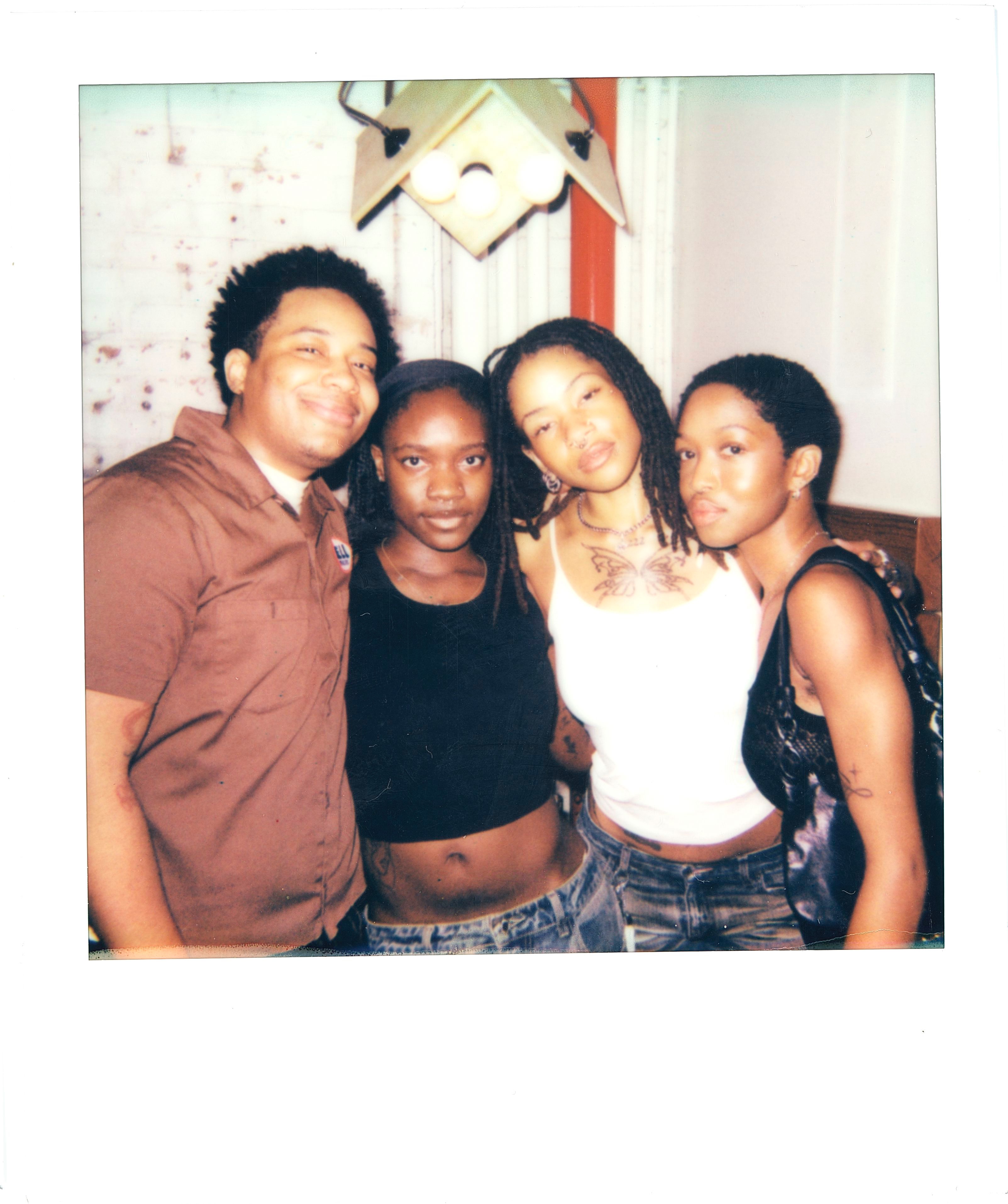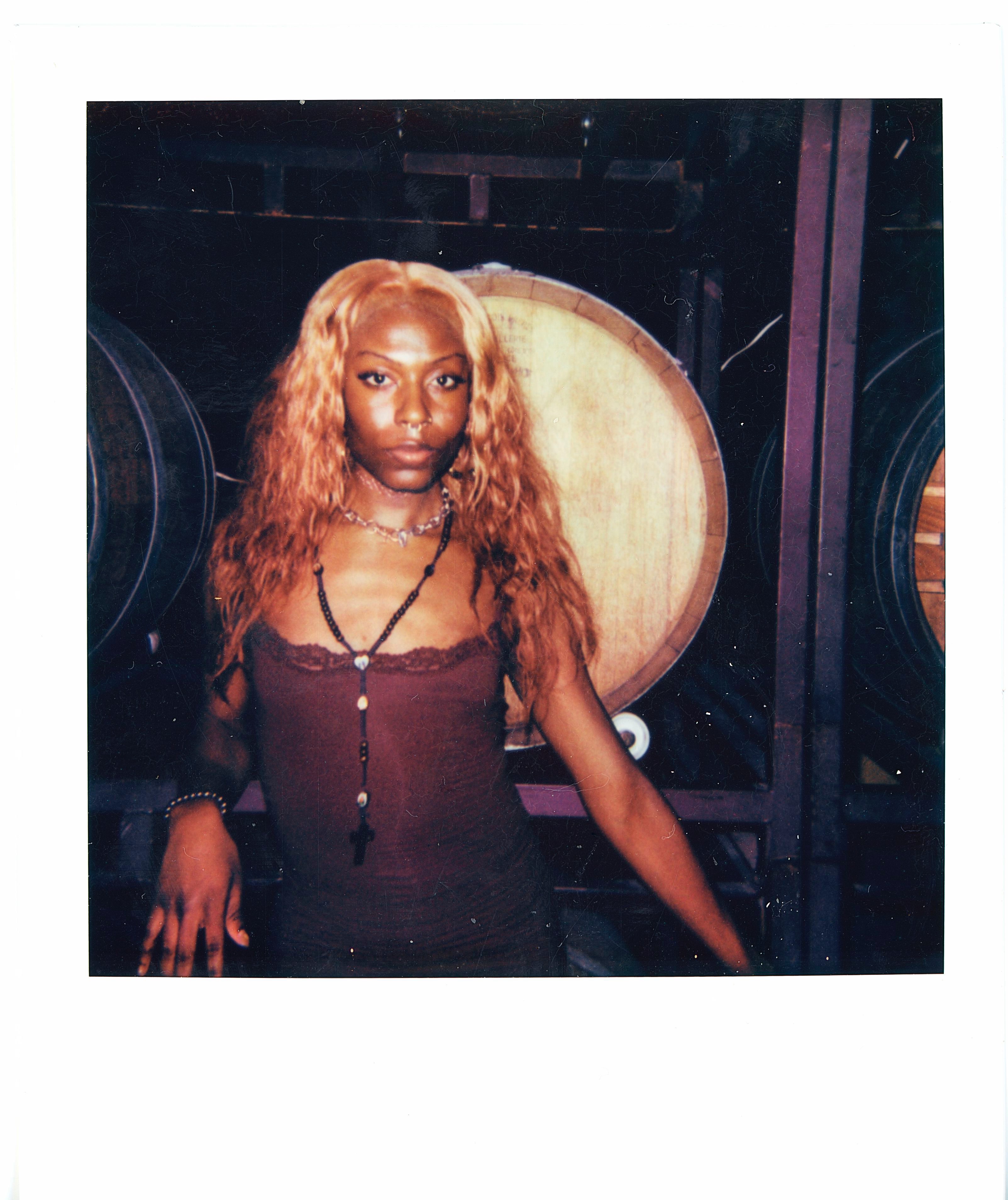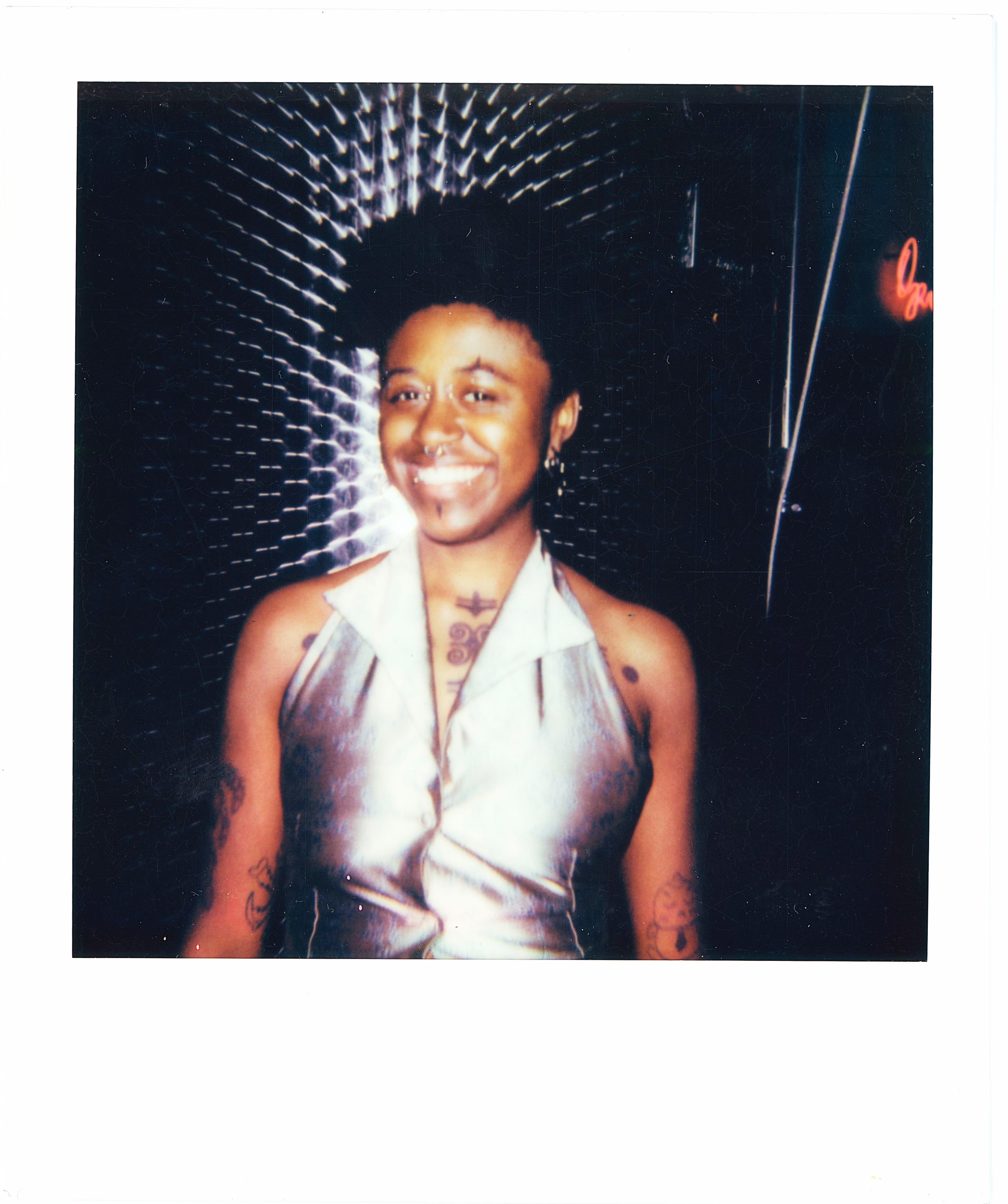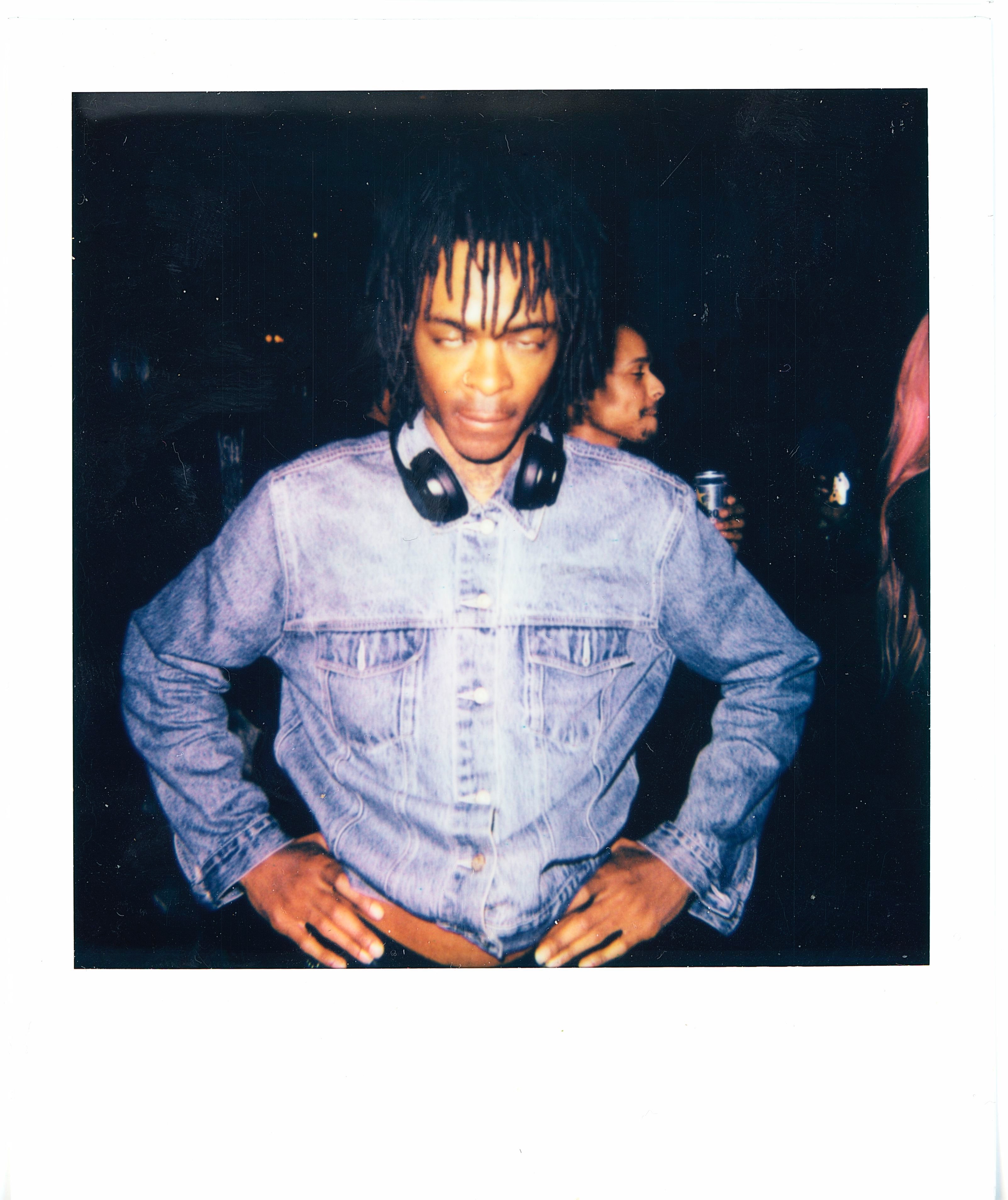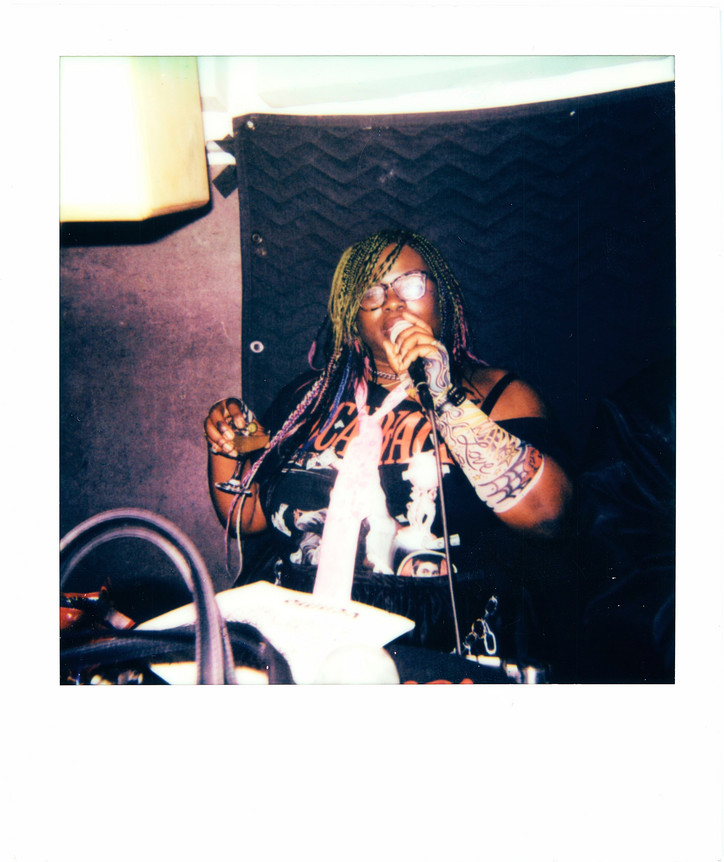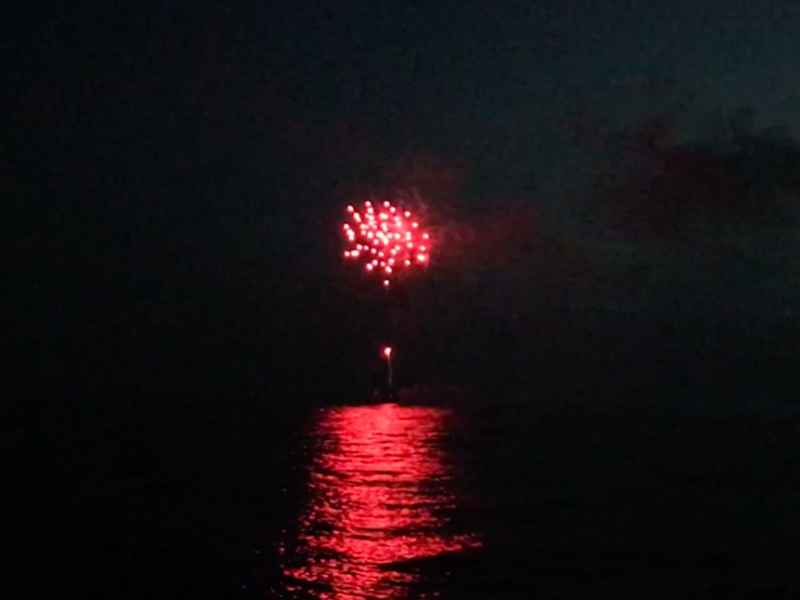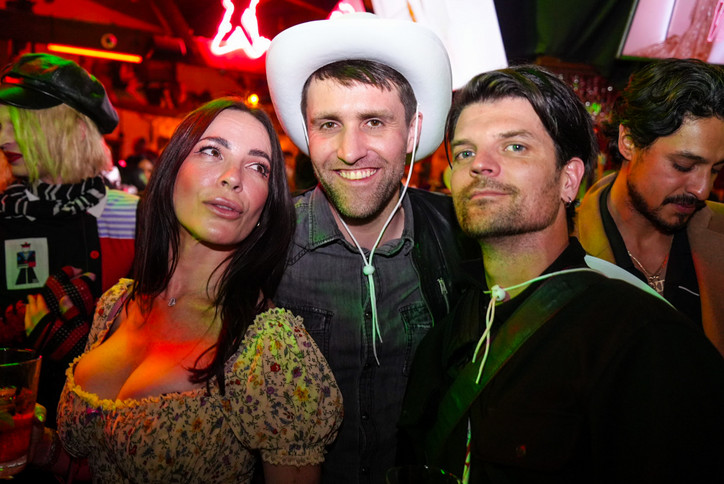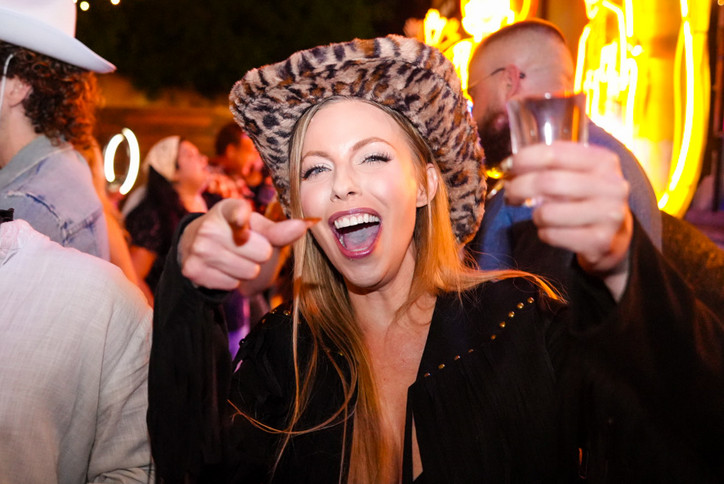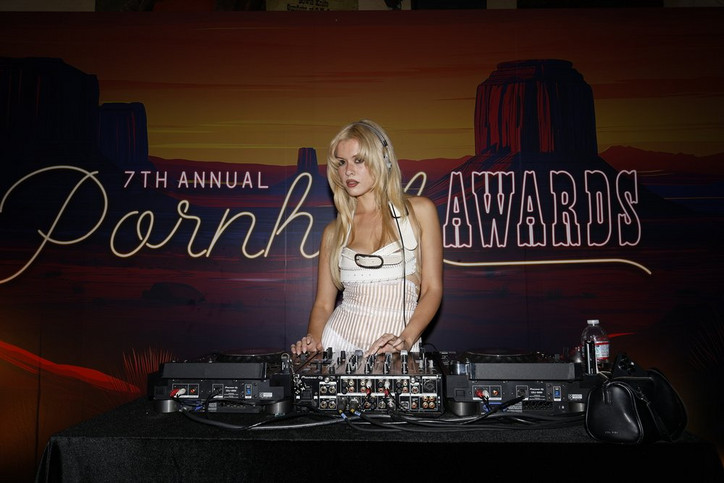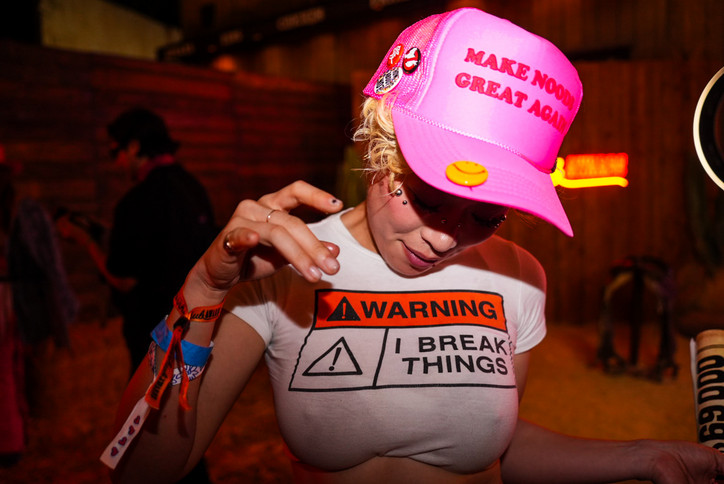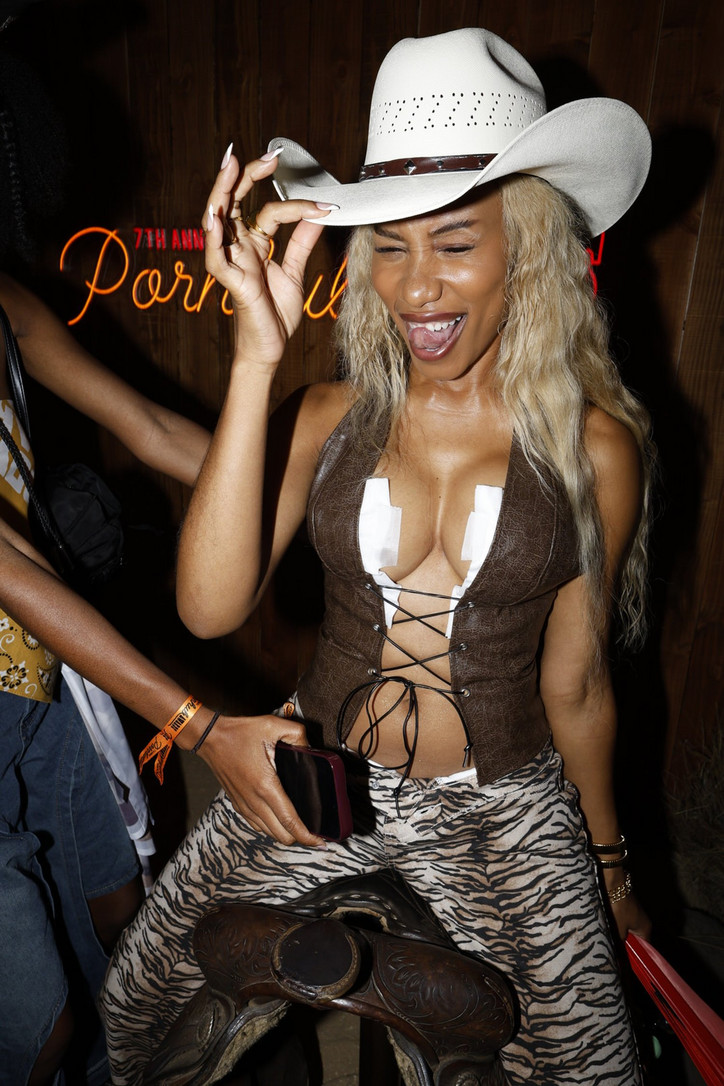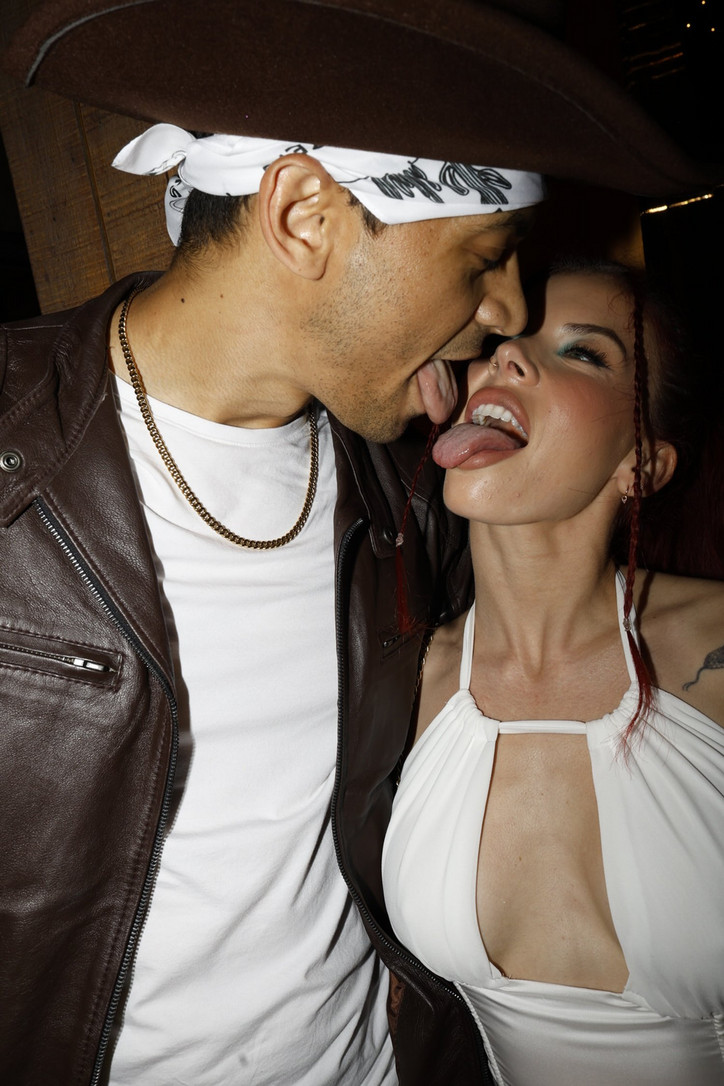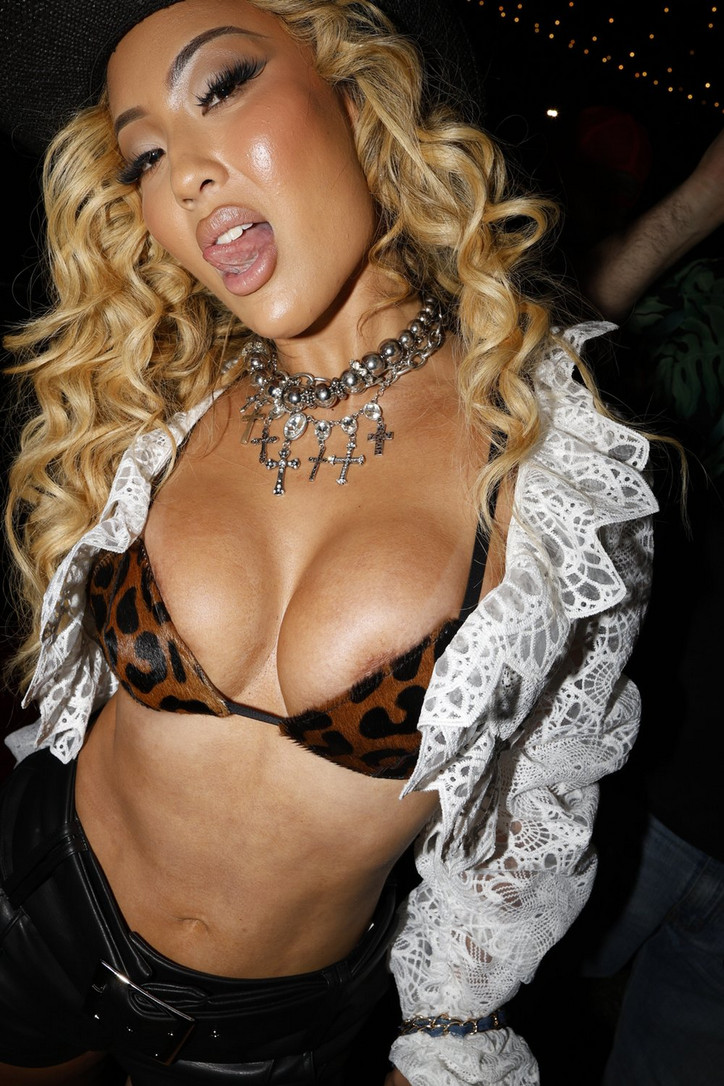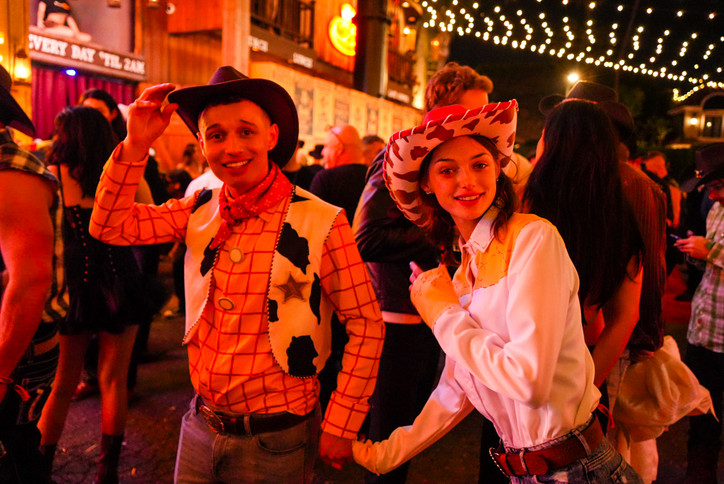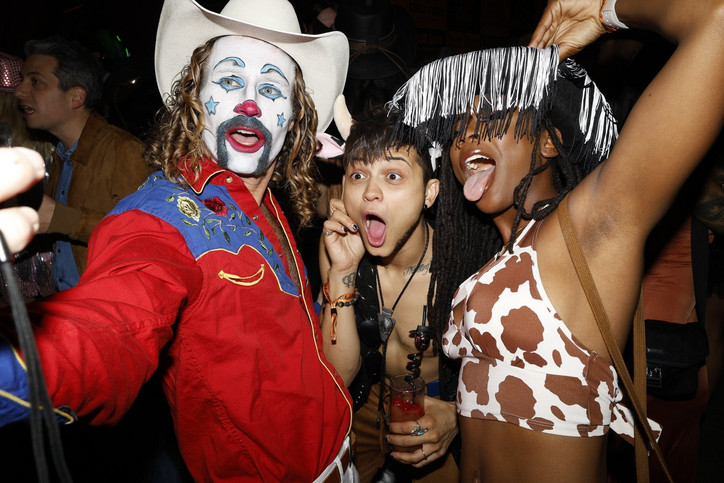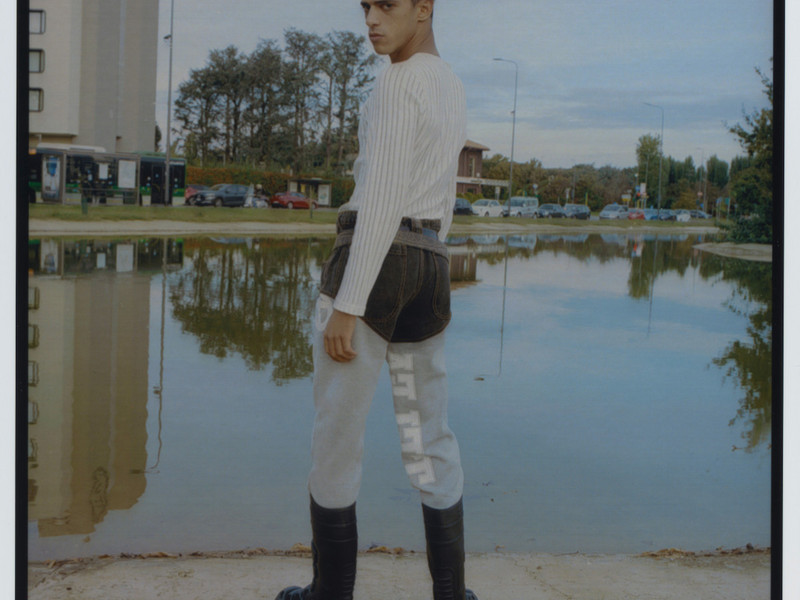Far to Near, and Back Again
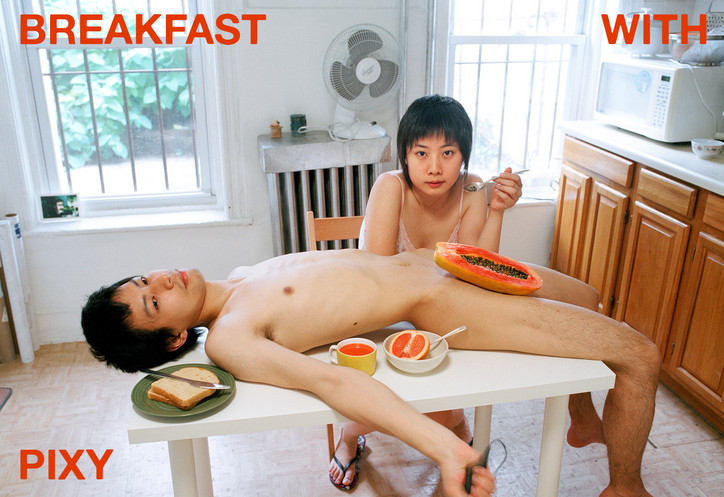
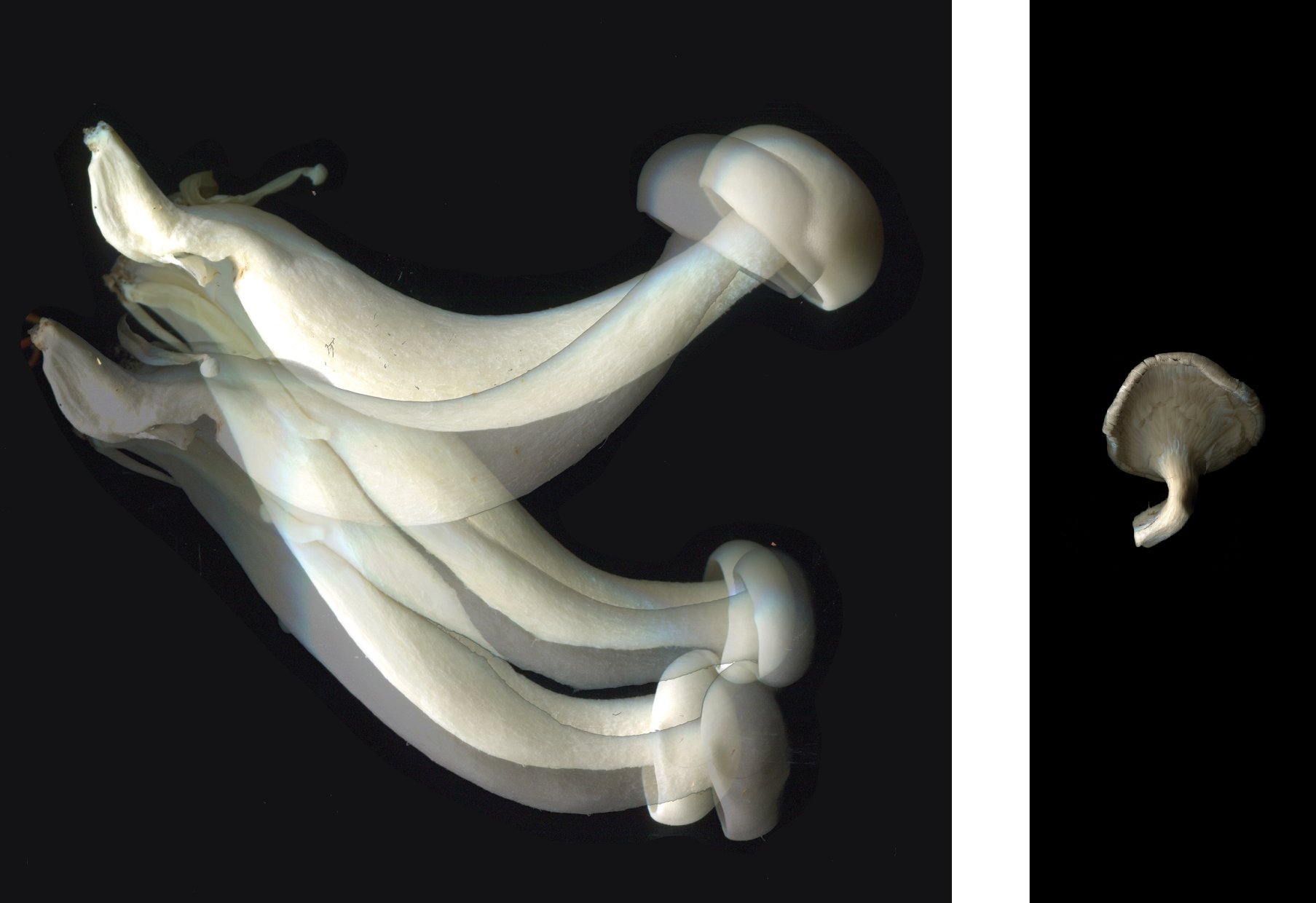
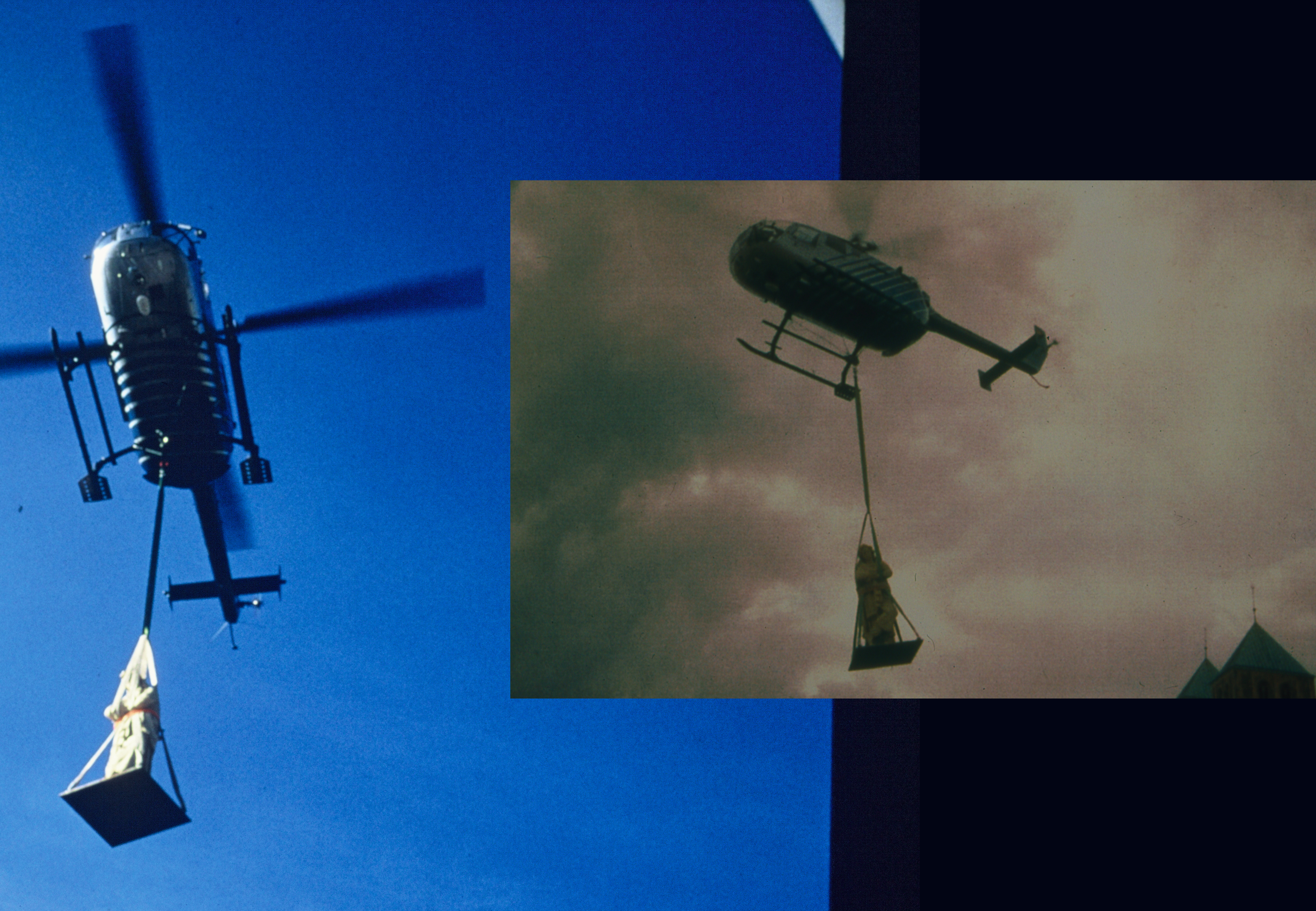
What does Far-Near mean to you?
Regarding the name: this book series is intended to broaden our perspectives of Asia. I really wanted to showcase the vast and various areas of creativity across the Asian continent. From the Far East to Middle, South, Central, and Near East—the goal is to broaden the notion of what Asian culture is, and reduce the sense of otherness put on Asia. Hence, the direction of Far to Near: bringing things closer to home.
Why did you choose print?
In print, the content, and the creatives, have a permanent place in the cultural discussion. While we do supplement the printed book with online content, those pieces are more time sensitive. The work in the book is meant to be everlasting; more concrete explorations.
What was like growing up in New York; and how did being biracial shape your voice?
A melting pot. I grew up with my father, who is Italian from the Bronx, but he is very eclectic. So I explored many different spiritual groups as a child—going to meditation every week at Indian spiritual groups, as well as Korean Daoist meetings, for example. It opened me up to being interested in seeing our similarities, and differences, across cultures. However, I was not brought up with the Asian side of my heritage; but I always identified with it because physically, I look very asian. Ariana, my features editor, and I, both embraced, and searched, for any form of Asian culture we could absorb throughout the city. Whether it be through manga, dim sum in Chinatown, or karaoke in K Town, we felt an urge to learn more about Asian culture, since we didn’t have a direct connection with it. I feel like this has bled into my work now: as this part insider—part outsider experience has helped me see what might be missing in the arts, fashion, cultural industries, regarding representation; also, how Asians value their own work, or what outlets they have to express themselves.
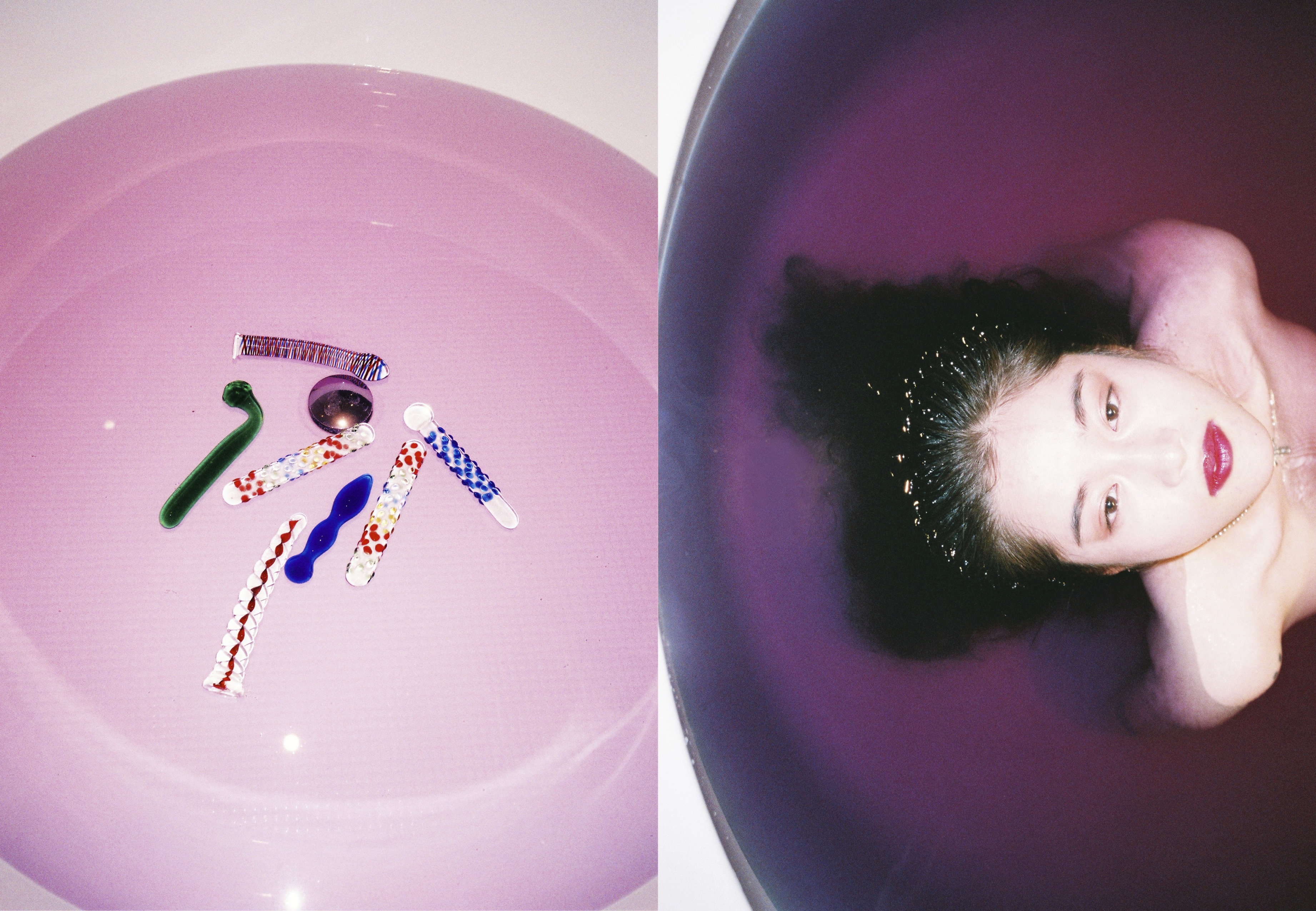
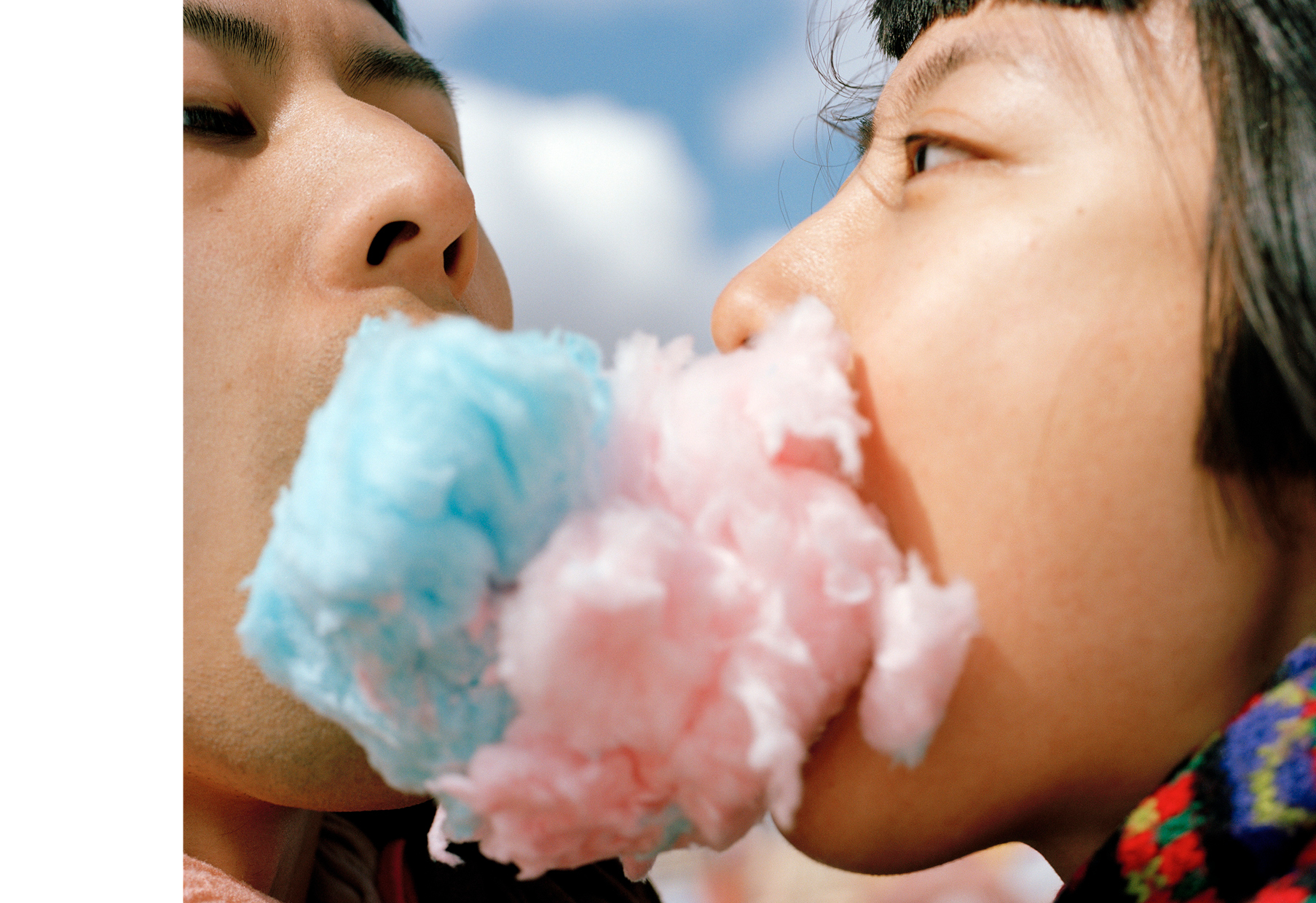
Can you describe the relationship between Taste and Distaste?
It’s all based on perception. What tastes good to one person could taste bad to another. What looks beautiful to one might look tacky, or hideous, to another. Why is that? Where does that preference, or perception of good and bad come from? I found it very interesting to work with artists who chose to focus on seemingly disgusting things, like irradiated mushrooms, or spam, or bootleg items, but present them in such beautiful ways that you change your idea of what is tasteful.
Do you believe in ghosts? If so, what do they look like?
I think they are us, in a limbo between life and death. In Tibetan Buddhism, they call these stages, “Bardos”. I think ghosts are usually in this in between state, unsure of where to go, or what steps they should take. Maybe they’re still too concerned, or attached to their lives, and need to be satiated.
What is the most interesting thing you’ve read recently?
I’ve been reading a book by Mingyur Rinpoche, a Tibetan Buddhist. In his 30s, Rinpoche left the monastery to give up everything to become a beggar. He wanted to remove himself from his identity, but he admits how difficult that truly is, even if your whole life is dedicated to doing just that. In reality, as much as we try to label others, and ourselves, we are only fitting ourselves into impermanent boxes. If we explore the possibility of change, or the obtuse and subjective idea of culture, we realize none of it is as permanent or factual, as it seems. One day your identity could be perceived differently, or completely change.
What do you listen to when you’re alone?
Sometimes when I’m feeling melancholy, I listen to a lot of George Michael, and The Carpenters. When I want to have fun, I’ll listen to Italo disco, or trap music. Recently, I’ve been really into this indie artist/composer: Mica Levi.
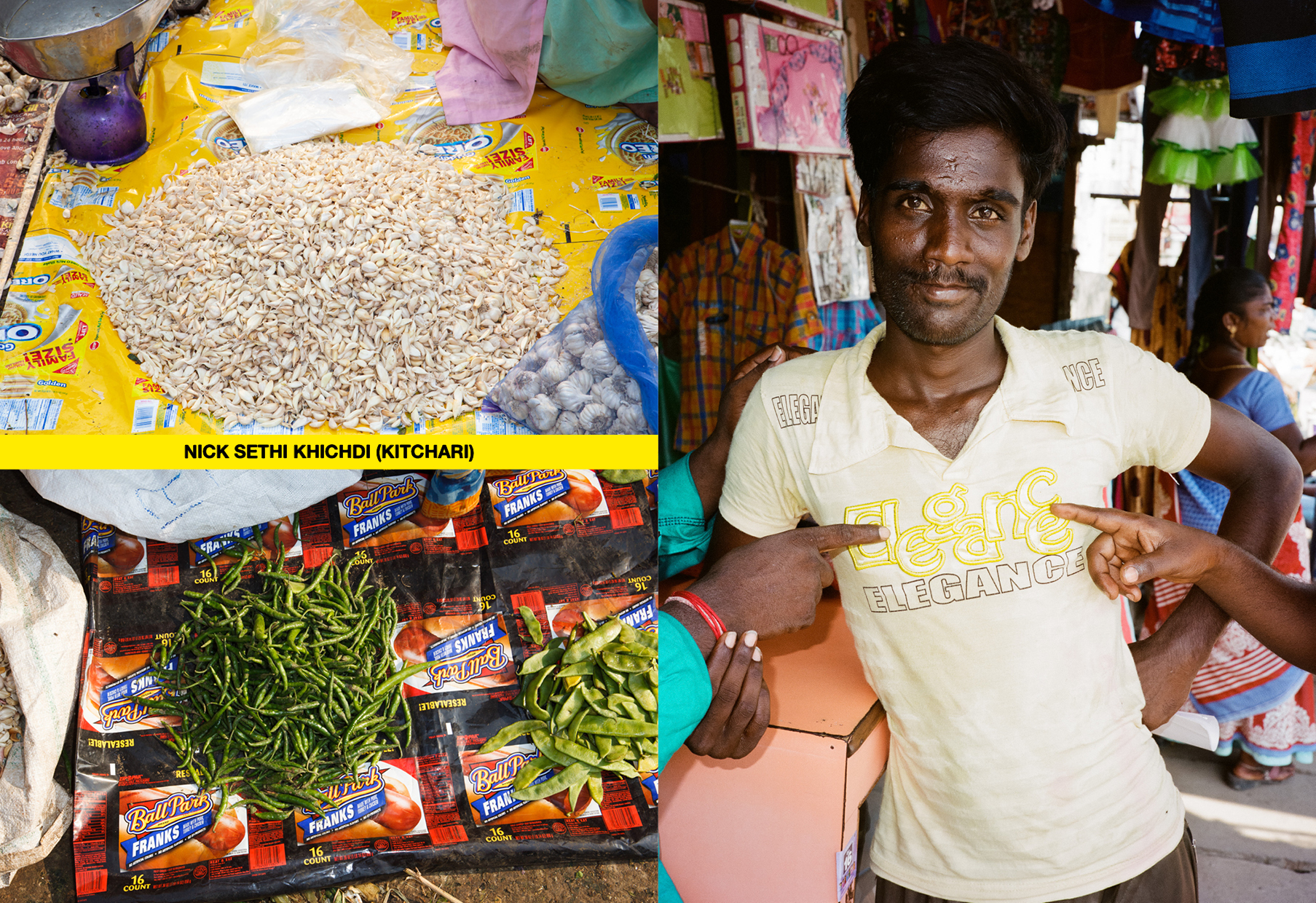
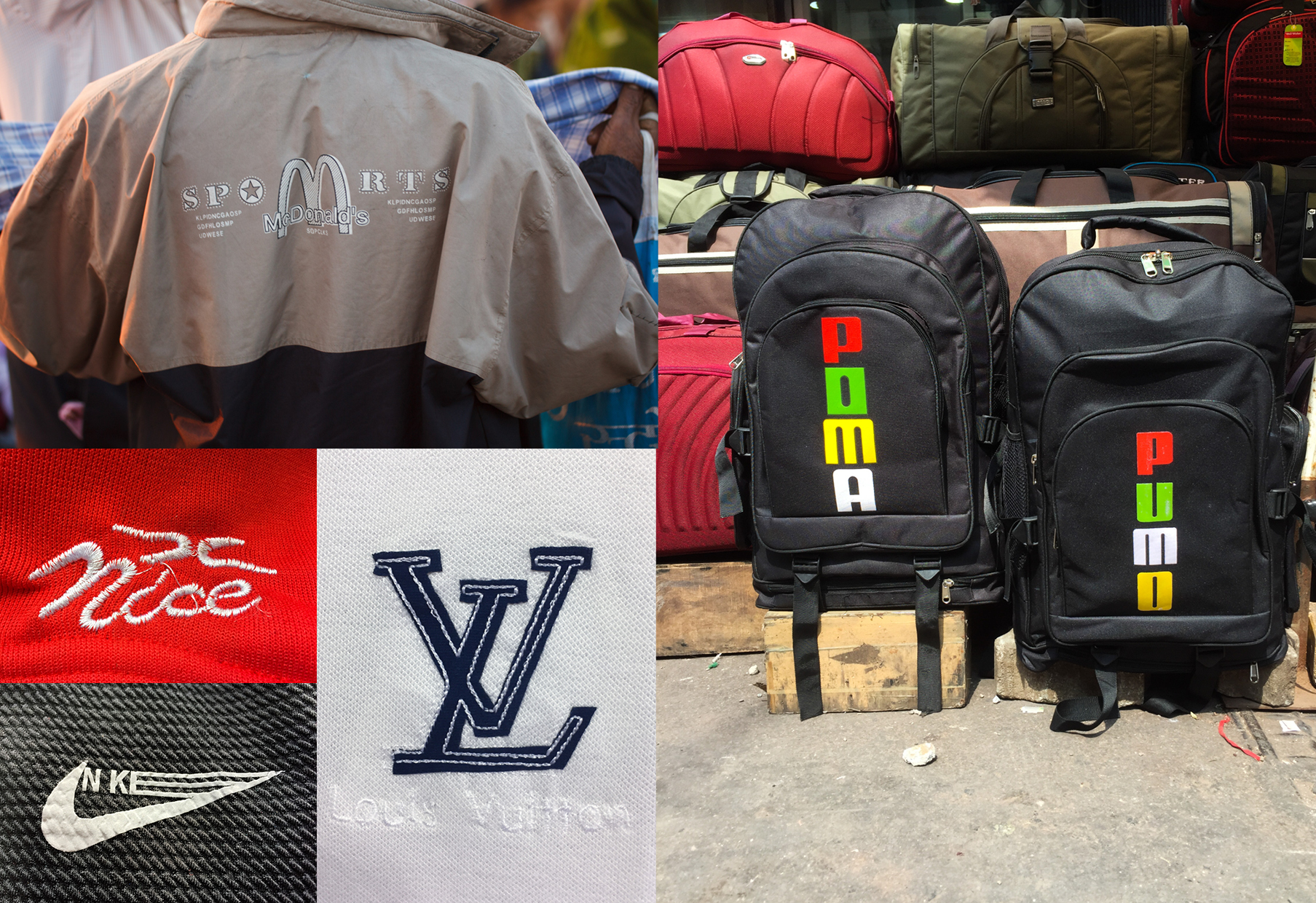
What is the origin of Movement? How did humans learn to move with expression?
I read this book once, though I can’t remember which book anymore, that states, “all animals move to survive, forward and backward, with a purpose to search for food, find shelter, etc. The only thing humans can do without purpose, that only humans do, is dance.” I think dancing is a form of expression: it’s either about letting go, or controlling your body. It’s so deeply embedded in a culture…
Does modelling inform other areas of your craft?
It’s been a great way to meet photographers, hair stylists, and makeup artists. I feel like as a model, it is easier to get to know the team—to speak, and learn, about each other without any sort of ego, or time constraints, compared to my work as an art, or creative director. It also helps me understand what models have to go through; how to be conscious of their comfort levels, or even, what is possible with the human body? Haha.
Close your eyes, and picture a room. What does it look like?
I see this apartment with a red wall, and a matching velour couch facing me; to the right, a purple wall with another couch, in purple. It’s minimal, kind of warm, and very subtly beautiful.
Have you ever been heartbroken?
Yes. I have... especially when I was younger, experiencing things for the first time. My first relationship, I was heartbroken. The first time in my career where my work was turned down, or watered down, I was heartbroken, but since then I’ve kind of learned from those experiences about how much emphasis I should put on an individual thing, and how to navigate expectations in relationships, and work.
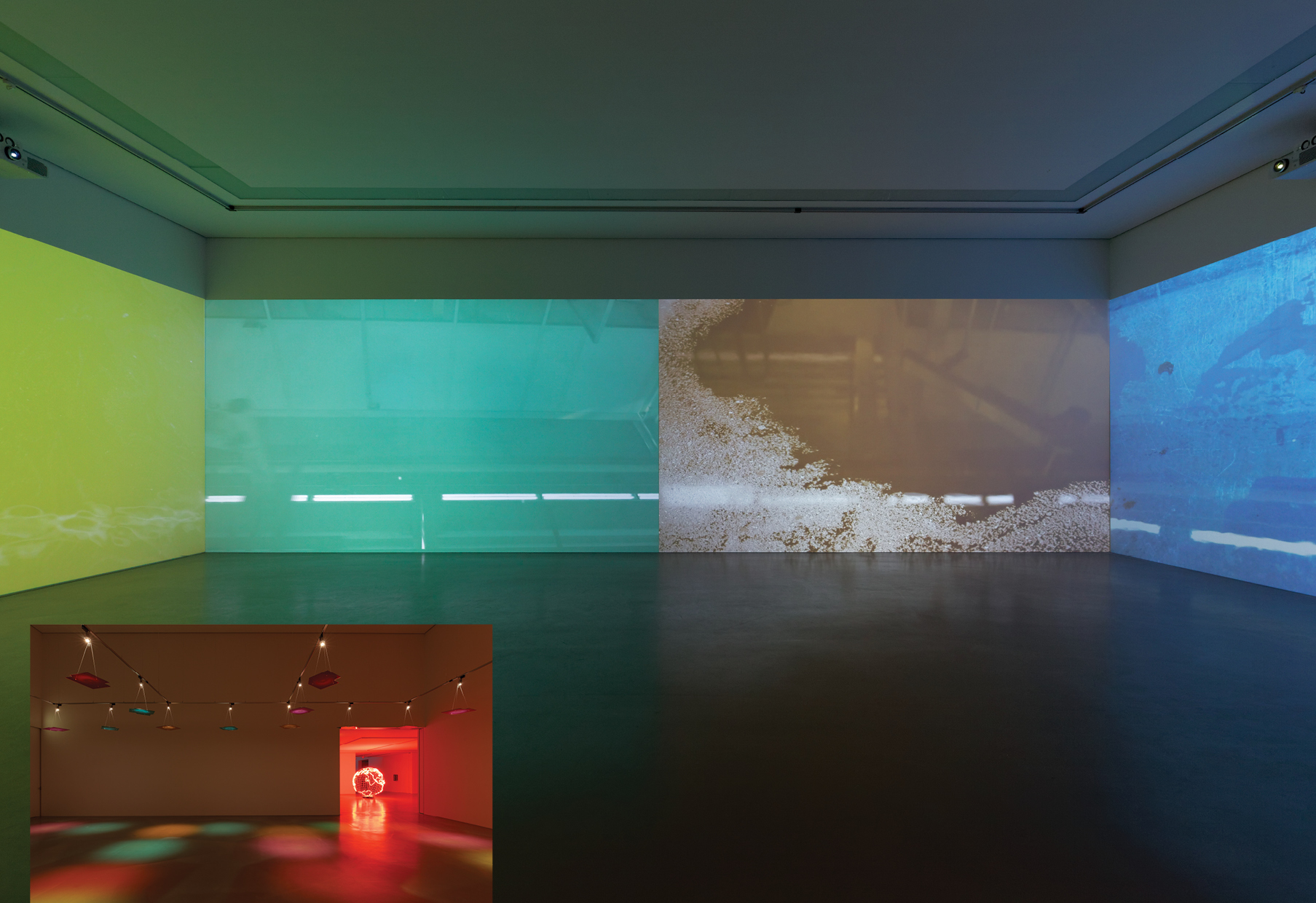
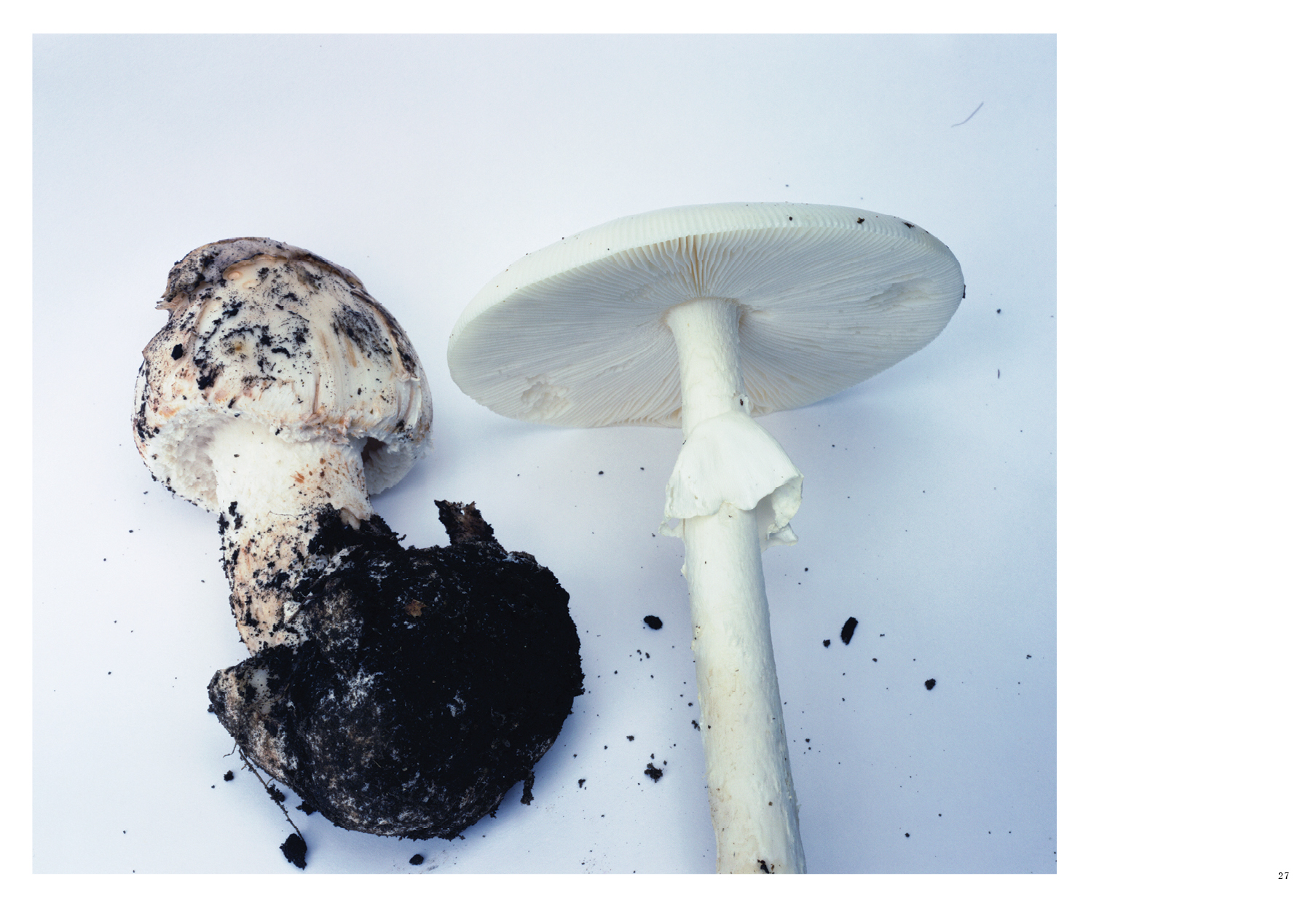
What is the most challenging part of creating a book? And what do you find rewarding?
The logistical work is the most difficult. It is very hard on the ego to reach out for fundraising—also, planning events and distribution; to be told no, or be told something is out of your budget. The most rewarding is definitely the process of searching, and speaking, with different creatives. I get so excited to learn more about someone, and their personal craft and experiences. I learn so much with each story, each book. It’s amazing to work with someone to create exactly that you had in mind, and also to create something you never thought about doing. I also love hearing from people who have read the book, and see their reactions to the work.
Does politics have a place in art? What about fashion?
I think politics do have a place in art, but it’s up to the individual whether they want to address it—or not. I think in fashion, it is not necessary, but what is necessary, is cultural consciousness. Ways of dressing are naturally cultural, as it is in some ways part of everyday life. There are a lot of brands who borrow, or take exact pieces, from cultural traditions, while lacking the consciousness to pay respect, to acknowledge the use of a culture. I think that is very wrong.
Favorite body of water?
Rivers ... like Pocahontas says, “you can’t step in the same river twice.” Siddhartha, as well: he talks about how rivers are always the same, yet always changing, always flowing. I also find it super interesting that civilizations start around rivers. In some ways, it is the core, or center, of civilization, and culture.




